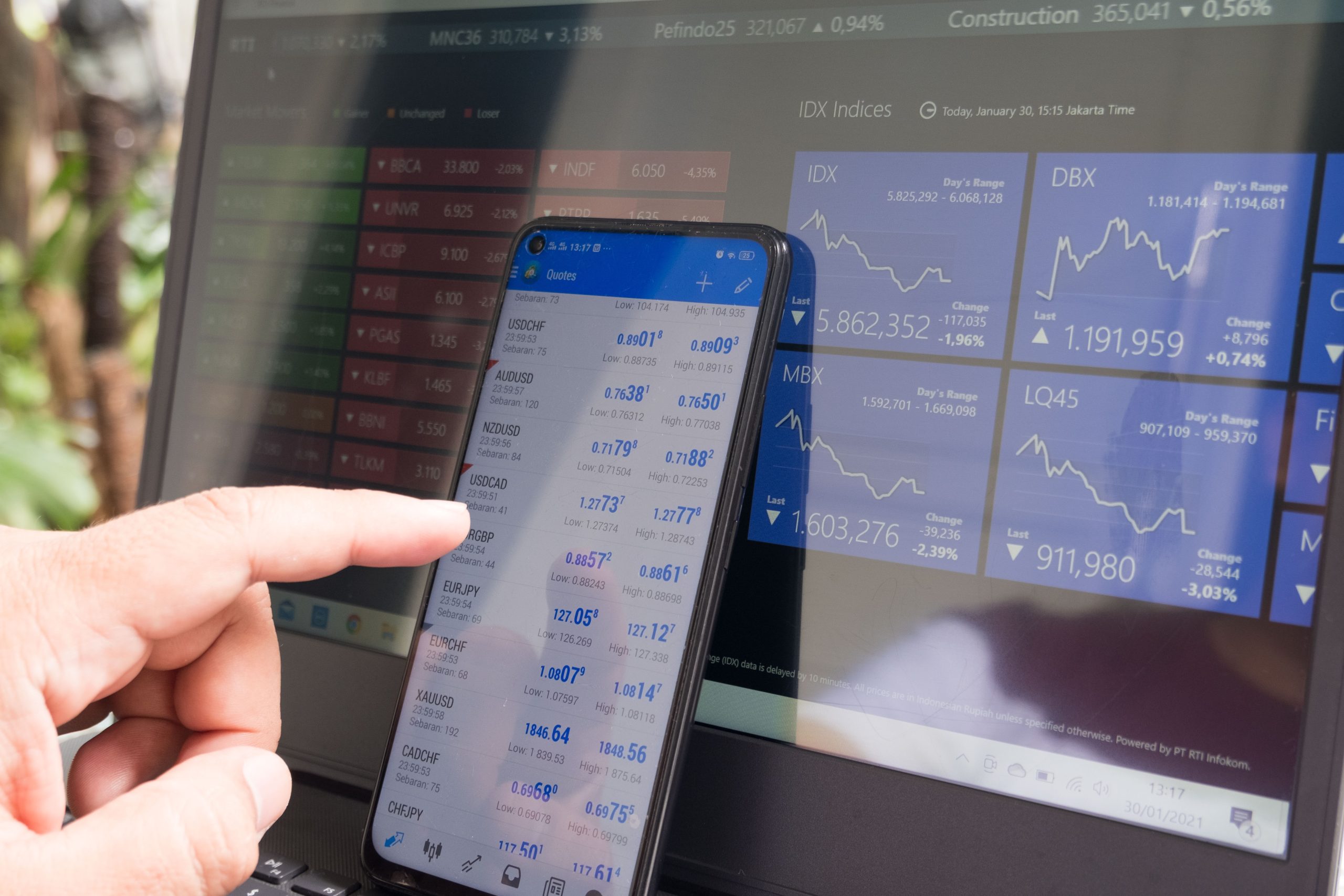Investing can be a rollercoaster ride, filled with twists and turns that can leave even the steadiest of investors feeling uneasy. And if recent AT1 bond losses have shown us anything, it’s that uncertainty is an inevitable part of the investing journey. But don’t let that discourage you! In this blog post, we’ll take a closer look at how investors can navigate uncertainty and mitigate risk in light of recent AT1 bond losses. So buckle up and get ready to discover some invaluable tips on protecting your investments in turbulent times!
What Drives Bond Prices?
Bond prices are impacted by a number of factors, including economic conditions, interest rates, and political risks.
Economic conditions: Economic conditions are one of the key drivers of bond prices. When the economy is doing well, investors are more likely to buy bonds and drive up their prices. Conversely, when the economy is weak, investors are less likely to buy bonds and their prices fall.
Interest rates: Bond prices are also affected by interest rates. When interest rates rise, it becomes more expensive for companies to borrow money and thus they tend to pay higher bond prices. Conversely, when interest rates decline, it becomes cheaper for companies to borrow money and thus they tend to pay lower bond prices.
Political risks: Political risks are another key driver of bond prices. When there is uncertainty about the future of a country or its government, investors may be reluctant to buy these bonds fearing that investments may not be worth the risk. This can lead to a decline in bond prices.
The Effect of Uncertainty on Bondholders
When uncertainty pervades an economy, it can have a profound effect on the securities markets. The recent losses of AT bonds, which are considered to be riskier investments than other types of bonds, is a prime example of how uncertainty can affect investors. Uncertainty about the future prospects of an entity or country can cause investors to sell its stocks or bonds, leading to a decline in their value. This decrease in value also creates risks for bondholders as they may not be able to recoup all of their invested money if the company or country goes bankrupt. In order to mitigate these risks, investors can take various steps including investing in diversified portfolios and seeking guidance from financial professionals.
Strategies for Mitigating Risk in a Volatile Market
Now that the market has lost some of its stability, investors are starting to explore strategies for mitigating risk.
One way to reduce uncertainty is by diversifying an investment portfolio. By investing in a variety of assets, investors can reduce the chance of large losses in any one sector or market. Additionally, investors can also use hedging techniques to protect themselves from potential price fluctuations.
Another way to reduce risk is by searching for companies with strong fundamentals. Companies with strong balance sheets and reliable revenue streams are less likely to experience sudden drops in stock prices. Furthermore, these companies are also likely to rebound faster once the market rebounds, providing a steadier return on investment over time.
Finally, investors can simply wait out the volatility before investing. In times of high volatility, it can be tempting to invest immediately when prices reach a tipping point or when rumors start circulating about a potential market crash. However, this may not be the best strategy for long-term success. Instead, patience and vigilance are key when navigating volatile markets
Conclusion
Investors are feeling uneasy about the state of the economy and the prospects for future growth. In response, markets have responded by pricing in significantly higher levels of risk, which has led to a number of losses for investors holding AT1 bonds – bonds that are backed by government debt. This article looks at ways that investors can mitigate their risk in light of these recent losses. By understanding how volatility works and knowing when to sell assets, investors can ensure that they remain comfortable during times of market volatility.










